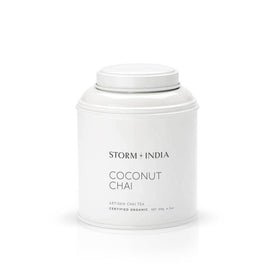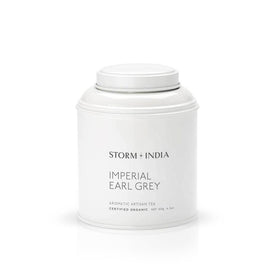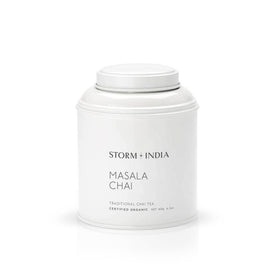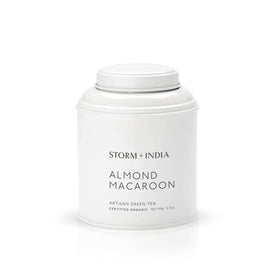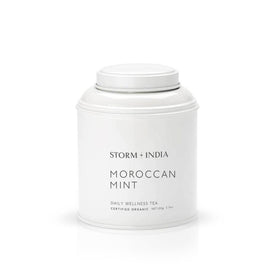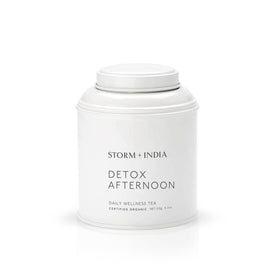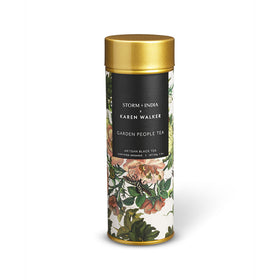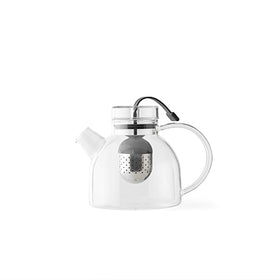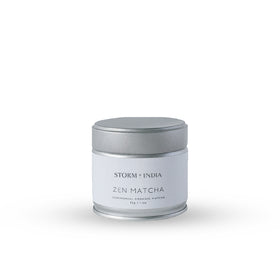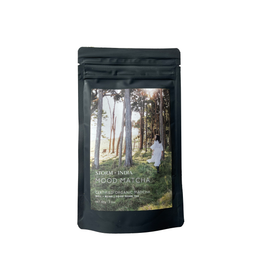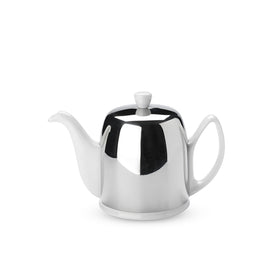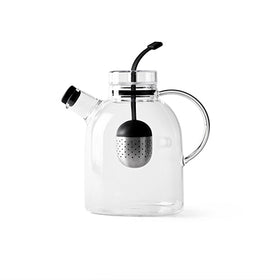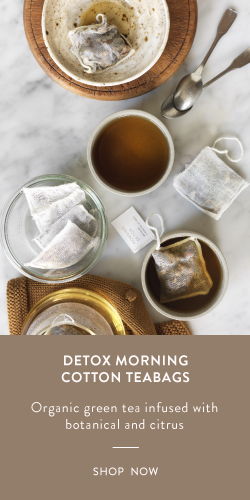
The fizzy drink you should be drinking
Kombucha is quite possibly the first way humans began to drink and enjoy fizzy drinks, however, kombucha has little in common with the other fizzy drinks on supermarket shelves. Kombucha is made from fermenting tea, using sugar and a SCOBY. SCOBY stands for: a symbiotic culture of bacteria and yeast, it is a living organism which uses the caffeine and sugar in the liquid to ferment the tea, leaving a slightly sweet, health-boosting drink behind.
How is a glass of bacteria containing tea good for me?
Your gut is literally filled with up to two kilograms of gut bacteria, the balance between the amount of good and bad gut bacteria directly affects your health. A gut lacking in good bacteria or enough variety can result in; irritable bowel syndrome, skin conditions, bad breath, mood disorders, and weight gain. Kombucha contains many different strains of beneficial yeasts and bacteria to help colonise the gut with helpful organisms. Fermented foods have been a part of the human diet for thousands of years, and for good reason, the process of fermenting a food not only transfers good bacteria into the food but also creates enzymes which help us to digest our food better.
Kombucha can be found in stores all over Australia, and there are some fantastic brands available, but if you want a daily supply to help boost your gut health then I suggest making your own. Making kombucha is incredibly easy, with 15 minutes effort once a week you can have a steady supply, bottled and ready to drink.


RECIPE
Ingredients
1 SOBY (Symbiotic Colony Of Bacteria and Yeast)
2 litres of water
6 teaspoons of Storm+India Mango Passion Tea
½ cup raw organic sugar
1 large, clean glass jar
1 long string
1 clean thin cloth, muslin cloth or clean tea towel
METHOD
- Place the water, tea bags and sugar in a pot. Bring the water to a boil, stir with a wooden spoon to dissolve sugar and then switch off the heat.
- Leave the sugar-tea mixture to cool completely, 4-5 hours. It must be room temperature or the heat may damage or kill the SCOBY.
- Once the tea is cold remove the tea bags or strain the tea.
- Pour the tea into a large glass jar, the jar should be big enough that there is one-quarter of the jar left empty once all the tea has been poured in.
- Carefully add your SCOBY into the tea, use clean hands, and no metal utensils.
- Cover the top of the jar with the cloth and tie it on with the string. This keeps your kombucha from getting contaminated with anything from the air while still allowing it to breathe.
- Leave the jar on the kitchen bench, out of direct sunlight.
- After a few days, you will notice that the SCOBY will begin to move towards the top of the jar and float, you will also notice that it grows to fit the width of the jar, and you will see more layers form within the SCOBY. You may also notice stringy bits hanging down from the SCOBY - don’t be alarmed, this is completely normal.
- You need to keep the jar covered for 5 days, after this, you can begin to taste test your kombucha.
- To taste, use a plastic straw, dip it into the kombucha, place one finger over the end of the straw and lift out. You can then empty the straw into a cup and taste. At day 7 the kombucha will most likely still be very sweet. Recover the jar and leave the kombucha to develop for a few more days. The maximum time to leave the kombucha is about 10-12 days, by this point, it will be turning into vinegar and will be very unpleasant to drink. Try to bottle your brew before it gets to the point where it is undrinkable.
- Kombucha will brew at different speeds depending on how warm your house is, so faster in the summer and slower in the winter.
- Once your kombucha has fermented to your desired taste you can bottle it. First, remove the SCOBY as well as 2 cups of the kombucha liquid, store this in a glass container or leave in the glass jar ready for your next batch of kombucha.
- Pour the kombucha into glass bottles, screw the lid on loosely and leave out of the sun on the bench for 4 hours, this helps to increase the carbonation of the kombucha. After this time tighten the lids and store in the fridge.
- The kombucha can be stored for 2-3 weeks.
- If you don’t wish to use the SCOBY to start a new batch straight away it can be stored in a glass container in the fridge. You can also share your SCOBY with a friend, once you have made a few batches of kombucha you will notice that your SCOBY has grown, simply peel off ¼ of the SCOBY and gift along with 2 cups of kombucha liquid to a friend.
TIPS
- Your SCOBY is a living creature, so make sure you treat her right. She needs food (sugar), air, and love and care.
- Wash your hands with natural soap and rinse really well before touching the SCOBY - soap can ruin the SCOBY.
- Leave the kombucha out of direct sunlight.
- Use organic tea and sugar as any chemicals can damage the fermentation process.
- Remember that you want your kombucha to have the traditional tart flavour, if it is still very sweet tasting it simply means you will be drinking sweetened tea and missing out on valuable good bacteria.
- Once the kombucha is bottled and ready you can experiment with adding additional flavours. Try adding turmeric, lemon or ginger juice.
- You can also use other types of tea to brew kombucha, as long as the base of the tea is black or green tea. Your SCOBY is a unique creature and requires caffeinated teas to grow and cause fermentation. Without black or green tea you will find that your brew won’t ferment and you will still have sweet tea after 10 days.

